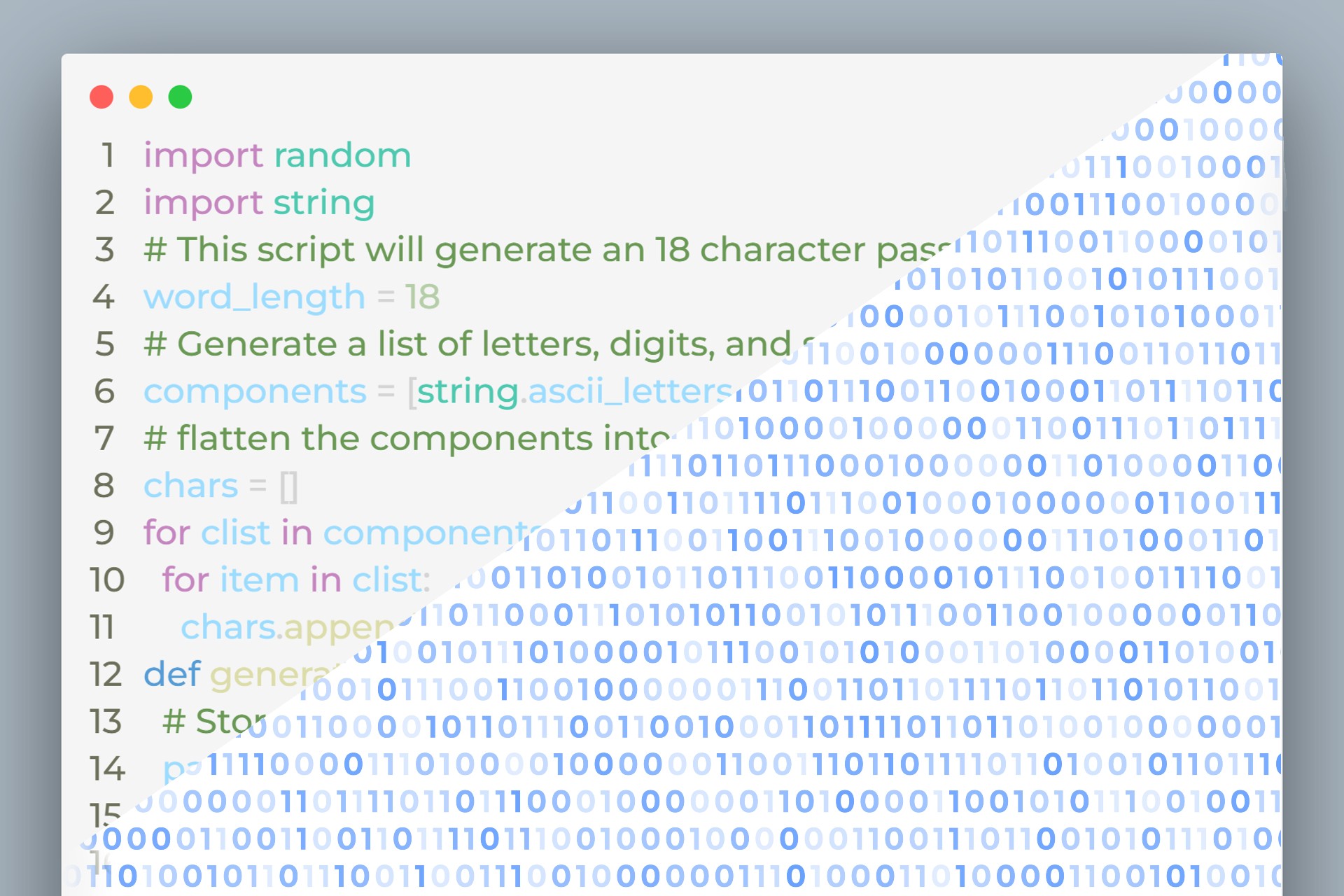Difference between Low Level Language And High level Language
 Karthick
Karthick
Low-level and high-level languages are two categories of programming languages that are used to create software programs. Here's a detailed concept of each:
Low-level languages
Low-level languages are programming languages that are closer to the hardware and are more difficult for humans to read and write. These languages are typically used to write low-level system software and device drivers, as they can interact more directly with the underlying hardware. Low-level languages are generally faster and more efficient than high-level languages, as they allow more direct control over the hardware.
There are two main types of low-level languages:
Machine Language: Machine language is the lowest-level language and is directly executed by the computer's CPU. Machine language instructions are written in binary code (1s and 0s), which is difficult for humans to read and write.
Assembly Language: Assembly language is a slightly higher-level language than machine language, and uses symbols and mnemonics(study of systems for improving and assisting the memory) to represent machine language instructions. Assembly language is often used to write device drivers and low-level system software.
Examples of low-level languages include assembly language for different processors and machine languages such as Intel x86 assembly language.
High-level languages
High-level languages are programming languages that are closer to natural languages and are easier for humans to read and write. High-level languages provide a higher level of abstraction, making it easier to write complex programs with fewer lines of code. High-level languages are generally slower and less efficient than low-level languages, as they must be translated into machine language before they can be executed.
Some common features of high-level languages include:
The use of variables and data types
Built-in functions and libraries
Control structures such as loops and conditionals
Examples of high-level languages include Python, Java, C++, and JavaScript.
A small tabulation to understand Quick
| High-level Language | Low-level Language |
| It is a programmer-friendly language. | It is a machine-friendly language. |
| A high-level language is less memory efficient. | Low-level language is highly memory efficient. |
| It is easy to understand. | It is tough to understand. |
| Debugging is easy. | Debugging is complex comparatively. |
| It is simple to maintain and portable | It is complex to maintain and non-portable |
| It can run on any platform, it needs a compiler or interpreter for a translation. | It is machine dependent and needs an assembler for translation. |
| It is used widely for programming. | It is not commonly used nowadays in programming. |
Low-level languages provide more direct control over the hardware, while high-level languages provide a higher level of abstraction and ease of use. The choice of language depends on the specific needs of the project, as well as the expertise and experience of the developers.
Table Source: GFG
Subscribe to my newsletter
Read articles from Karthick directly inside your inbox. Subscribe to the newsletter, and don't miss out.
Written by
